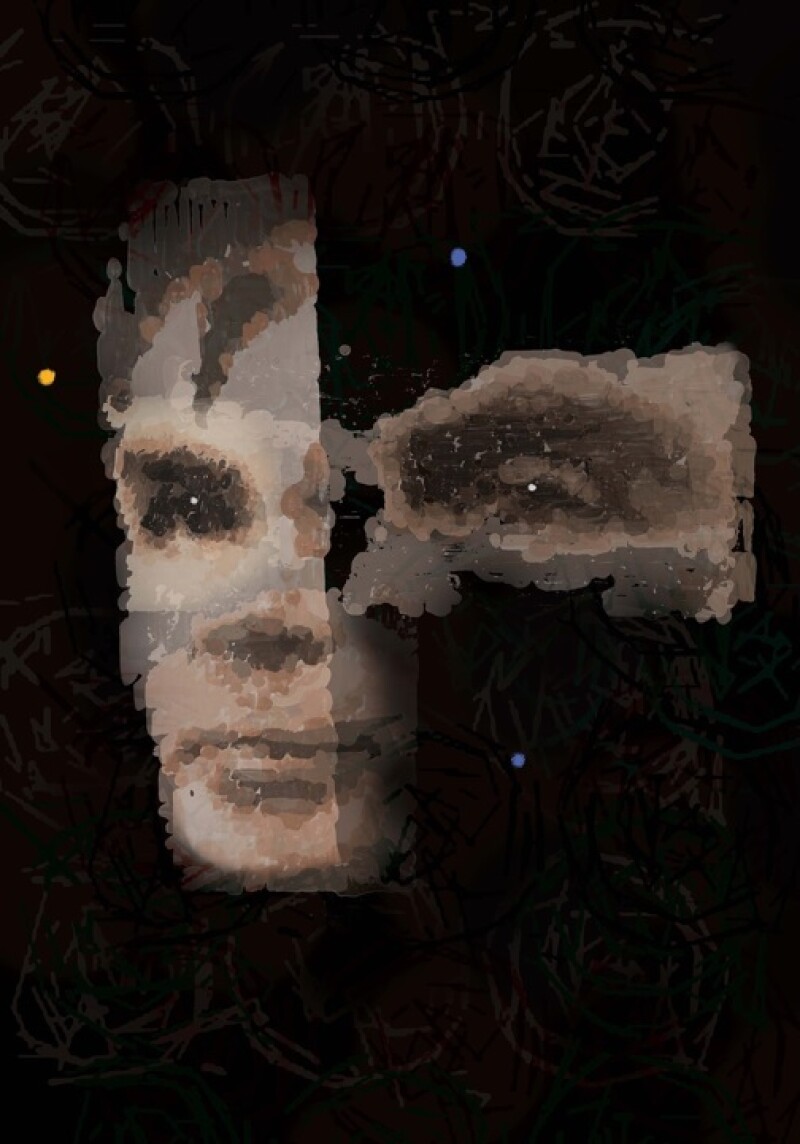AI-Created Portrait of Alan Turing sells for over $1 Million

A portrait of Alan Turing created by Ai-Da, an AI-powered humanoid robot, has sold for $1.32 million at Sotheby's, marking the first time an artwork by a robot has been auctioned. This groundbreaking sale highlights the growing intersection of AI and art.
A portrait created by a humanoid robot has sold for $1.32 million at auction. The artwork, titled "A.I. God. Portrait of Alan Turing," was created by Ai-Da, an ultra-realistic robot artist, and sold at Sotheby's Digital Art Sale in London.
Ai-Da, named after Ada Lovelace, the world's first computer programmer, is one of the most advanced robots in existence. Designed to resemble a human woman, Ai-Da uses artificial intelligence to generate ideas and create art. The robot was developed by Aidan Meller, a specialist in modern and contemporary art, in collaboration with AI experts from the Universities of Oxford and Birmingham.
The portrait of Alan Turing was conceived during a discussion about "AI for good" between Ai-Da and studio members. After deciding on the subject, Ai-Da was instructed on style, color, content, tone, and texture. The robot then used cameras in its eyes to observe a picture of Turing and create the painting.
This sale marks a significant moment in the history of modern and contemporary art. Sotheby's stated that the record-breaking price "reflects the growing intersection between A.I. technology and the global art market". The auction saw 27 bids placed on the work, far exceeding pre-sale expectations of $180,000.
This landmark sale raises questions about the future of AI in art and its potential impact on human artists. As AI-created art gains recognition and value in the market, it may lead to new discussions about creativity, authorship, and the role of technology in artistic expression. The success of Ai-Da's work also highlights the potential for AI to push boundaries in various creative fields beyond traditional art.
Main Image: Portrait of British mathematician Alan Turing, titled A.I. God. Copyright Sotheby's
